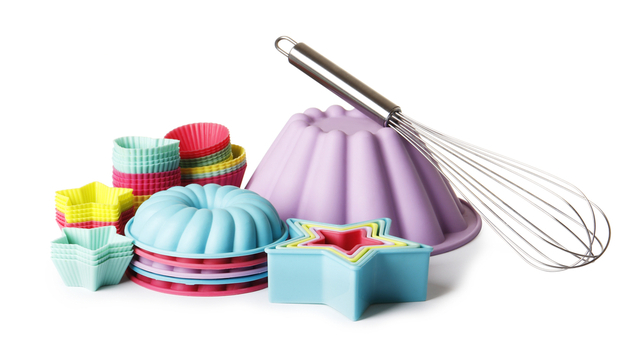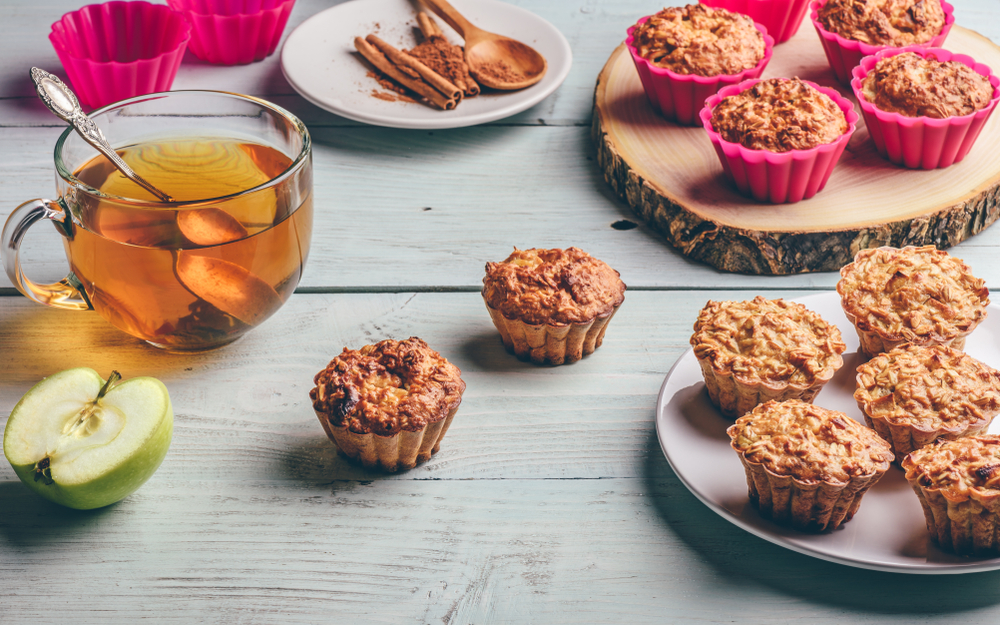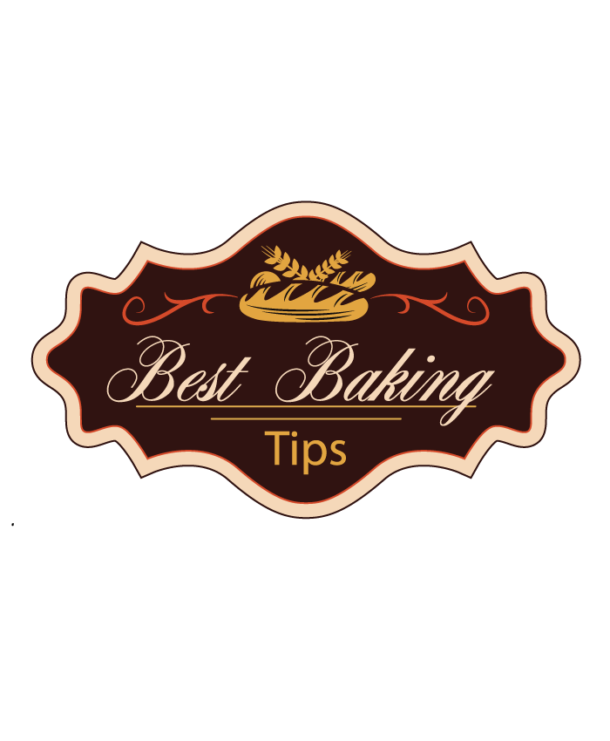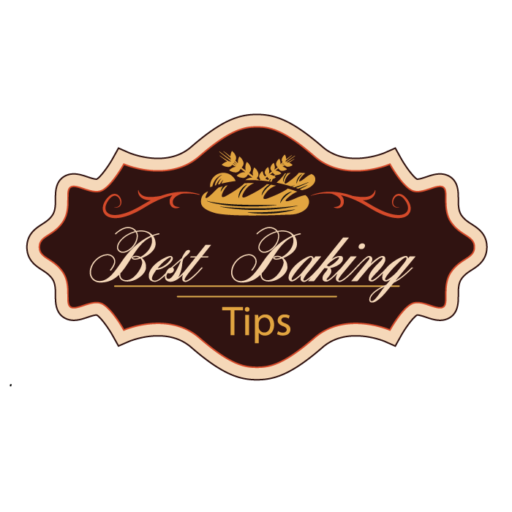==================
Affiliate Statement
Best Baking Tips is supported by our audience. When you purchase through one of our links, we may earn a small affiliate commission. As an Amazon Associate I earn from qualifying purchases. Your cost is not affected.
==================
Silicone Bakeware—Is It Safe? Does It Work?
Are you still using stainless steel bakeware? This article will tell you why it’s time to stop and start transitioning to silicone bakeware. We will teach you how to use silicone bakeware and the pros and cons of silicone bakeware.
What is silicone bakeware?
Silicone bakeware is a relatively recent discovery among baking hobbyists. These are baking tools and equipment made from a synthetic polymer called silicone, created from oxygen and silicon. Silicon is a natural element found in sand and rock and naturally occurring in the earth’s crust.
What makes silicone bakeware different from stainless steel bakeware is its ability to evenly transfer heat to your baking goodies. Silicone does not absorb heat; thus, it stops cooking your food once you take it out of the oven. This prevents prolonged cooking of food that creates additional browning and even burning.
Despite its good properties and advantages, many critics have expressed their doubt about the safety of silicone bakeware. There are many claims on the hazards surrounding the usage of silicone bakeware, but today, we’re going to debunk that. What are the experts saying about silicone bakeware?
What the experts say
The Food and Drug Administration (FDA) approves the use of silicone bakeware in the kitchen. Their studies have found that silicone is food-safe and, in general, considered inert. In addition, the FDA assures that silicone-based bakeware will not seep into your food and cause poisoning.
Health Canada also says the same thing about silicone bakeware. This material is not likely to create toxic or hazardous fumes or react with food or beverages; thus, it is safe for use. Studies suggest that food-grade silicone is thermally stable and has low toxicity levels.
Despite these claims by trusted experts in health and safety, you must observe how you use silicone in the kitchen. These safety measures exist to ensure that the manner of usage of silicone bakeware will keep it safe and hazard-free. We will be discussing that later on in the article.

Pros and cons of using silicone bakeware
As with anything under the sun, the use of silicone bakeware has its pros and cons. How can you benefit from the use of silicone bakeware? What disadvantages does it pose to your baking and maybe even health?
Pros
These are some of the reasons why you should switch to silicone bakeware.
1. It can withstand extreme temperatures.
In fact, Silicone bakeware proves highly resistant to high and low temperatures. You can test this in your microwave and even your freezer. Silicone bakeware withstands temperatures below the freezing point and up to 428 degrees Fahrenheit (or 220 degrees Celsius). Of course, follow the manufacturer’s recommendations on safe temperature ranges..
Also, be careful not to go over the recommended limit, as excessive heat can ruin the material of your bakeware. Bake safely!
2. It saves space in the kitchen.
One unnoticeable thing about silicone bakeware (or silicone products, in general) is its flexibility. This allows you to save some space in the kitchen as you can simply fold your silicone cupcake or cake molds, and—voila!—it’s done. In fact, Silicone bakeware storage proves much easier than storing metal baking equipment, which is highly inflexible and requires more space.
3. It cleans easily
Unlike your traditional metal baking pans or cupcake molds, it takes less effort to clean silicone bakeware. It is much easier to get into the crevices and corners of the silicone. However, since it is flexible, you have to stretch the hubs to remove any stuck food bits.
Moreover, silicone bakeware can be hand-washed or put in the dishwasher. Its high heat resistance allows it to endure a high-temperature wash inside your trusty dishwasher. Sounds very convenient, right?
4. It breaks down into significant bits and pieces.
We know plastic to be one of the most stubborn enemies of Mother Nature. However, before this discourages you from using silicone, hear me out. Silicone decays into significant bits and pieces, and this is a positive thing because that makes it harder for animal and marine life to swallow decaying silicone bakeware. As a consequence, it is less likely to harm human life as well.
5. It is insanely reliable and durable.
Silicone is not as fragile as glass (that breaks) or plastic (that can snap), making it an extremely durable option for your bakeware. However, you do need to be cautious about it melting or making holes in your silicone bakeware. Other than that, you can use this for as long as you can make it survive.
6. It is friendly to your wallet.
Silicone bakeware often costs much less than other alternatives, such as plastic, glass, or metal bakeware. As such, it is particularly great for novice bakers who have a limited budget for baking tools and equipment. Consider it a bonus that its durability allows you to use it for quite a long time.
7. It bakes evenly and is non-stick.
As mentioned before in this article, due to its poor conduction properties, the baking process ceases once your silicone bakeware is out of the microwave. The result is an evenly cooked delight with no unwanted browning or even burns. In addition, foods don’t stick to silicone, so you don’t even need grease for baking!
Cons
On the other hand, these are the cons you have to consider if you’re thinking about switching to silicone bakeware.
1. It could be too flexible for your safety.
While its flexibility is often described as an advantage, in some cases, it might not be. Lifting and transferring silicone baking pans or molds can be pretty challenging. This is due to the dangers of spilling hot liquid or dropping solids. To be safe, the best you can do is support it with a sturdier bottom, like a metal baking pan.
2. It isn’t safe from sharp objects.
Sharp objects will test the durability of silicone bakeware. Its soft material makes it easy to damage using metal utensils and other sharp objects. Unlike metal bakeware, you can’t use metal utensils to slice your baked goods as it would easily poke through the silicone material.
3. You can’t use silicone bakeware on other heat sources in the kitchen.
While it can resist up to 400 degrees Fahrenheit of microwave heat, the same is not valid for other heat sources in the kitchen. Unfortunately, you can’t use your silicone bakeware on your stovetop, above open flames, or under a broiler. Thus, the use of silicone bakeware is mainly limited for help for your baking adventures or with chilled foods. But for those uses,good silicone bakeware works extremely well.
How to use silicone bakeware safely
After weighing the pros and cons of silicone bakeware, many people choose to try it. Let’s say, despite the concerns that you have about the safety of using silicone bakeware, you still want to try it so badly! What should you do? The least you can do is ensure that you are using silicone-based bakeware in the safest way possible.
At this point, we will be teaching you how to use silicone bakeware—safely!
· Use medical-grade silicone bakeware.
We can’t stress this enough. This guarantees that you are using only the purest silicone-based bakeware and not exposing yourself to toxic substances. Absent medical-grade bakeware, you can use food-grade bakeware as well.
· Always check for chemical fillers when buying silicone bakeware.
You can tell that a silicone product contains chemicals is when you pinch it and see white bits. This means that your silicone bakeware is not made purely out of silicone. If these white things are in your silicone bakeware, keep it as far as possible from your kitchen.
Your silicone bakeware will not be consistently temperature resistant and non-toxic with the presence of chemical fillers. It is also more likely to produce a foul odor when used. The worst that could happen here is the bakeware may leach harmful chemicals to your food.
· Always stay under the temperature limit.
Make sure that you follow the 400-degree Fahrenheit temperature limit of silicone bakeware. Otherwise, your baking tools can melt and seep into your food. You don’t want to eat silicone, do you?
· Washing before use is imperative.
As with any other bakeware or kitchenware, you must wash silicone bakeware before using it. This ensures that it is clean before use, lessening the possibility of harmful chemicals sticking to the bakeware.
· Do not use silicone bakeware for cooking.
As mentioned before in this article, silicone bakeware is not designed for use in cooking. You would prefer to use stainless steel, glass, or ceramic kitchenware for cooking instead of silicone bakeware.
Summarizing the pros and cons of silicone bakeware
While silicone bakeware causes concerns for some, the FDA considers it a food-safe substance that does not affect foods when used properly. As such, more and more people choose to use this bakeware. In fact, many bakers prefer the flexibility, durability, and non-stick tendency of silicone.
Now that you know the pros and cons of using silicone bakeware and have gathered tips on how to use silicone bakeware, it’s time to give it a try. If you reached this part of the article, I’m assuming you’re convinced that using silicone bakeware makes a good baking product. What do you think about it?
If you’re ready to make the transition to silicone bakeware, check out the options we’ve given. You might enjoy the change it makes in your life! Make baking an adventure with silicone bakeware.
With these Pros and Cons of Silicone Bakeware
Are you ready to try using silicone on your next baking project? I use the products featured below. While I also use glass for some projects, I find silicone quite easy to use and safe. That said, I feel I can easily recommend the following products for you to try in your kitchen, too.






